
The Good
Character Art
A recurring challenge the BLEACH anime has faced since its inception is that Tite Kubo is a damn good artist. To be asked to replicate his sophisticated pen strokes and brilliant use of negative space is simply unfair. Even in occasional instances where the anime elects to trace his manga panels, a degree of subtlety is always lost in the process. There is, of course, the option to ignore the manga and allow the anime to take its own direction with the character designs; however, Kubo is so central to the appeal of BLEACH that I can’t imagine that was ever seriously considered. BLEACH’s original run had its fair share of skilled animation directors, capable of elevating the material and producing art that could stand outside the shadow of the manga. In particular, Shingo Ogiso, Shinichi Kurita, and Youko Suzuki come to mind, but airing 366 episodes consecutively required a great deal of outsourcing and animation director rotations, which, not for a lack of trying, at times failed to measure up to the unreasonably high bar set by Tite Kubo.
BLEACH: Thousand Year Blood War, in comparison, has the benefit of being produced as a seasonal show, 12 episodes at a time, and in the current year, where the Chief Animation Director role has a chokehold on every drawing that the production turns out. The trio of Yukio Hasegawa, Kiyoshi Komatsubara, and Kumiko Takayanagi shared that responsibility throughout the first cour, and kept a generally high level of polish at the face-correction level. They remained in their exact same roles for the second, which can only improve consistency since the longer you draw the same designs, the faster and cleaner you become.
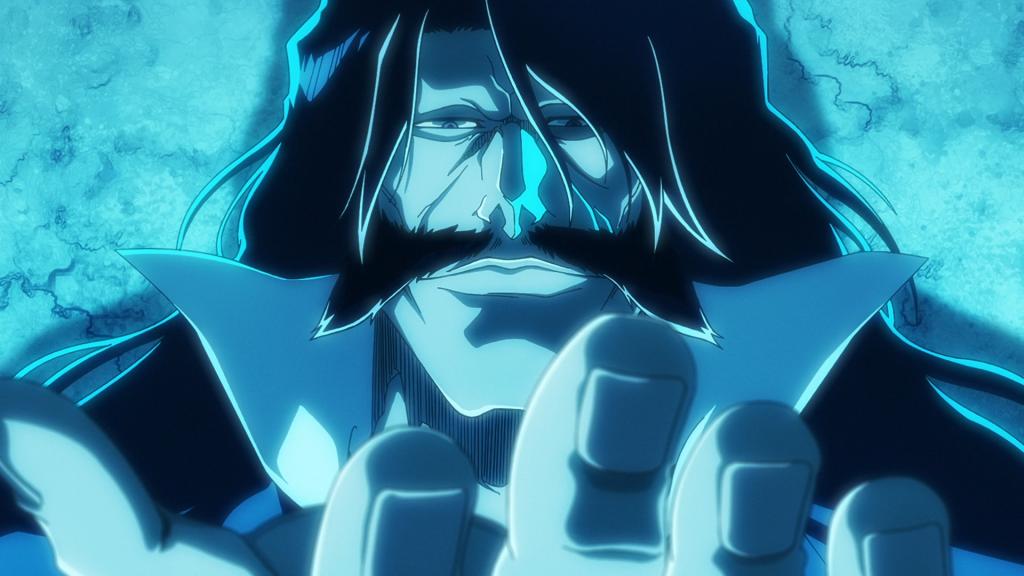

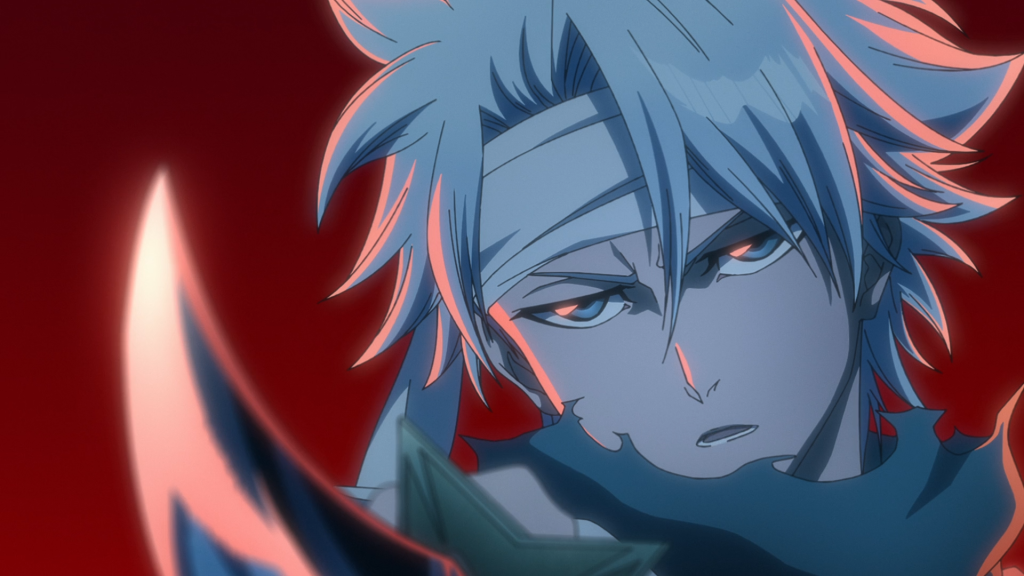
The animation directors working beneath the chiefs also should be noted for serving as the first point of contact for what was, experience-wise, an incredibly varied key animation staff. By that, I mean that both the first and second cour, like most anime in the current year, were forced to turn to social media to recruit animators from around the world, many of whom were working on anime for the first time. At the same time, several thousand miles away at their desks in Japan, were some of the most experienced artists currently working in anime. Born in 1942, Tsuguyuki Kubo would have been on this earth drawing moving pictures for six decades longer than some of the youngest participants in the production. While not as extreme, there are several others, such as Tadashi Fukuda, Yoshiyuki Kishi, Yuichi Endo, and many more that have been Pierrot mainstays since before the studio branched off from Tatsunoko Production in the 1970’s. All this to say, it is the job of the animation director to reign in some of the wildness from inexperienced animators and, at the same time, spice up the work submitted by the veterans so that everything meets in a homogenized middle ground, which the series did a great job of maintaining.
Art Direction
The defining trait of Tomohisa Taguchi-led anime has always been a rock-solid, consistent core aesthetic. For Persona and Akudama Drive, those were the aggressive neon lights. For Digimon, he played with colour saturation and contrast to bring a fresh look to an old show. Since taking over BLEACH, he has brought a whole new identity to the series, building off his work with art director Yoshio Tanioka on the aforementioned Akudama Drive. The result: Thousand Year Blood War shares almost nothing with its predecessor from a visual perspective. So much so that this team even devised a retro-looking static filter, laced with pink or blue highlights, to seamlessly integrate flashbacks to the previous series when needed. On the topic of highlights, the rim lighting, which could even be considered the defining feature of Taguchi’s tenure, was as present as ever throughout the second cour. From a cup-half-full perspective, the series’ action becoming more stilted (a topic which we will get to shortly) allowed the rim lights to maintain greater consistency since there were simply fewer frames that they needed to be maintained for.
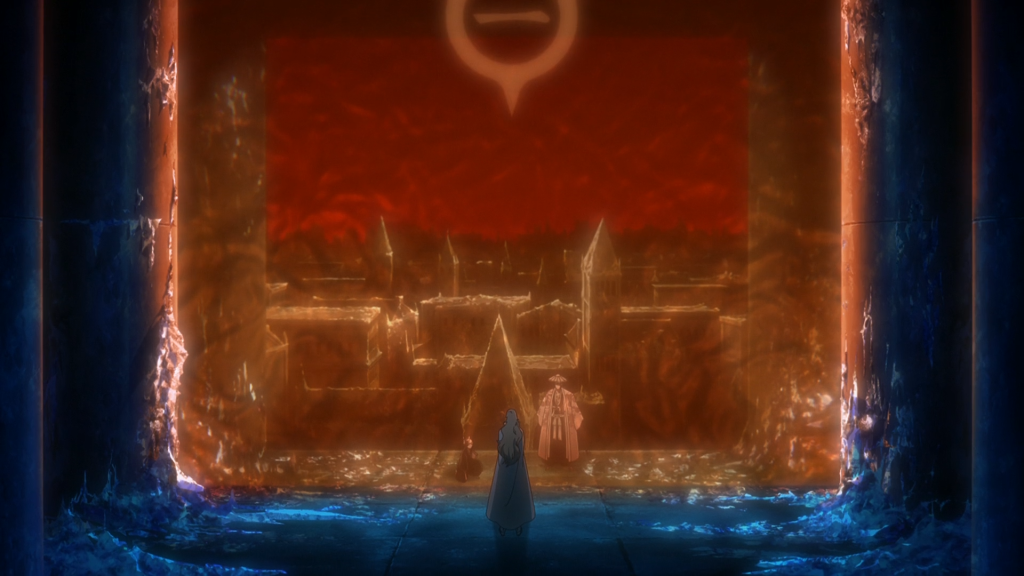
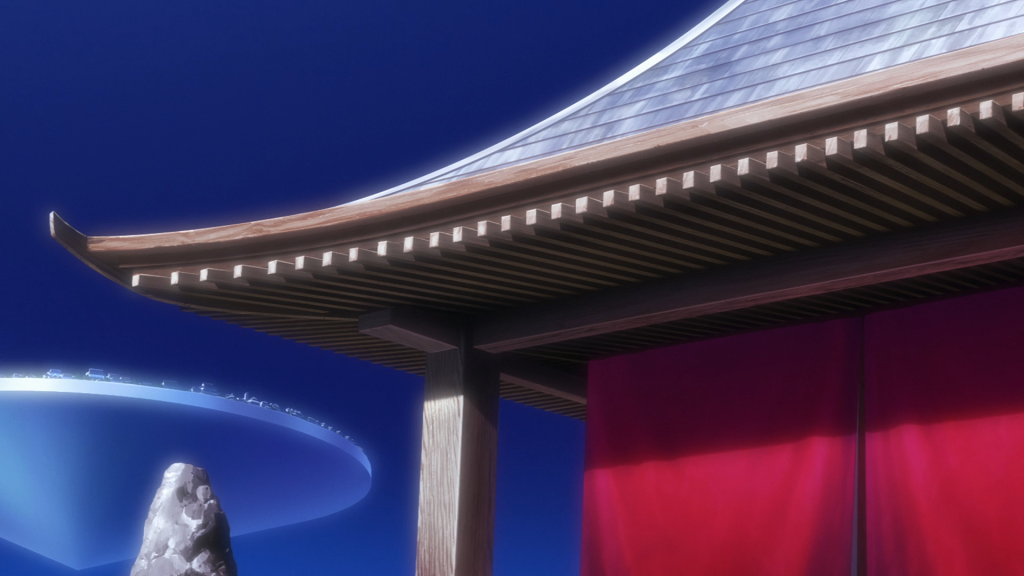

Series Composition
After the breakneck pace of the first cour, many would have entered the second with expectations of something similar, myself included. In fact, that all of these 1-on-1 fights were even adapted surprised me, as a few seemed inconsequential enough to outright skip, that is, if the name of the game was going to be racing through the adaptation. While it’s certainly easier to condense action, fitting six or more chapters into one episode is always a challenge, and for the most part, the series composition handled this well. In a nostalgic way, opting for a monster-of-the-week format is very true to the original BLEACH; only those cases were often monster-of-the-month+, as the writing stretched the fights thin so as to fill air time and avoid catching up to the manga. In many ways, not needing to deal with this issue as a seasonal adaptation is a great blessing and a huge asset to the viability of Thousand Year Blood War. A part of me wonders how the series would have fared had it decided to weave several of these fights together, considering most are happening concurrently. From a staffing perspective, it places a significant burden, as storyboard artists and episode directors have to be on their toes regarding the nuances of so many more characters’ abilities and interactions; however, the benefit would be a proper hectic-feeling war. As mentioned, the way all anime productions are structured makes this an unadvisable approach, but still feasible should they choose to go that route.
Sound Direction & Music
These are two aspects that are always difficult to convey the importance of in writing, as it requires many examples which tend to break the flow of text. Shiro Sagisu needs no introduction, however, his work is arguably the main identity of BLEACH, after only Tite Kubo himself, and save for some instances where I felt the direction could have placed his soundtrack more carefully, carried much of the heavy-lifting throughout the second cour. Sound direction-wise, I have to point toward As Nodt’s episode which contains many examples of great mixing and creative implementation. Though, overall, much like the first, this cour was blessed by great sounds.
The Bad
Action Woes
Great action minds don’t grow on trees. Even more so, for every great action mind, skill is needed to translate that to the final product in a limited production setting—something that only comes with time and experience. Cutting straight to the chase: The second cour of BLEACH: Thousand Year Blood War took a step back in terms of its action animation. This was more than predictable; however, from the exact moment it was announced that Yoshihiro Kanno, the lynchpin action animation director for the first cour, stepped away. Moreover, it was abundantly clear that the schedule was not going to be as forgiving as the early episodes, which saw Hiroyuki Yamashita entirely take over the sixth episode, giving Genryūsai Shigekuni Yamamoto’s dramatic last stand a worthy send-off. While he remained on the production in a very welcomed key animation capacity, the reduced role meant there were massive shoes to fill.
The production’s only answer to this: Atsushi Wakabayashi.
The elephant in the room here is that Atsushi Wakabayashi only supervised a single episode of this cour as an action animation director: #18: Renji’s fight with Mask De Masculine. Why he was advertised alongside Satoshi Sakai and Takahashi Hashimoto, who oversaw four episodes each, is deeply confusing. Personally, it does seem possible that it was an attempt at leveraging Wakabayashi’s name-value, since the announcement did send quite a few fans into a frenzy, thinking that they were getting episodes on the level of his collaborations with Norio Matsumoto on NARUTO’s most legendary episodes. Or rather, maybe there was a plan for him to do more, but it fell through, either for monetary reasons, health, schedule, or all the above. Either way, it feels pointless to digress on what Atsushi Wakabayashi brings to the table as an action animation director in the current year when he ultimately did not contribute that much. For what it’s worth, his eighteenth episode had spunk. Working predominantly with young artists from Twitter, Wakabayashi channeled their frantic energy into something up-tempo and lively, which is a lot more than can be said of much of his modern, post-Shippuuden career.
While it’s unfortunate to see an action-centric show take an overall step back in that regard, it’s worth a reminder that this is a common occurrence for second seasons and beyond. After the initial hype, the fanbase is more or less established; if they’re still watching after all this time, tightening the series’ purse strings and being slightly more conservative with the production isn’t going to change that. In addition to that, there are two other notable caveats here that should be kept in mind:
1. BLEACH has never been an action-sakuga heavy anime.
2. Yoshihiro Tominaga productions have never been action-sakuga heavy.
While it’s true I am making a dishonest comparison here between the original long-running show and the current BLEACH, which is produced more akin to a seasonal anime, it is simply not in the identity of the series to be a constant action-animation festival. The majority of the storyboard artists are from non-action backgrounds and frame scenes with the static manga panels in mind. To them and the episode directors tasked with later processing the boards, maintaining the core aesthetic is a significantly greater priority, which means cutting down on any amount of excessive movement. Moreover, tracing the lineage of the production team back a decade will tell you that they’ve never been an action-oriented team. On their last legs prior to bankruptcy, Studio Manglobe’s regular animation producer, Yoshihiro Tominaga, jumped ship and joined Studio Pierrot in time to be the producer for Akatsuki no Yona (2014), a pleasant and very well-received Shoujo series. He then led the revival of the Osomatsu-san (2015) franchise, during which he oversaw three TV seasons and several movies. Tominaga would encounter director Tomohisa Taguchi for the first time on Akudama Drive (2020). For the first time at Pierrot, Tominaga was tasked with a series featuring a lot of ambitious action. Recognizing the challenge, he turned to his friend from his Manglobe days, Yoshihiro Kanno, but even with Kanno’s frequent contributions, ultimately, Akudama Drive can’t be considered a sakuga-spectacle of a series by any means. Where does this leave us, then? The first cour of BLEACH: Thousand Year Blood War is the exception. Elevated by outside factors such as Hiroyuki Yamashita‘s THE FIRE, an eccentric BLEACH fan in Yuki Sato, inconsistent help from the internet, and, to be quite honest, innately better fights.
The action animator’s paradox: Most of the fights of the second cour needed inspired action animation in order to be interesting, but at the same time, it’s hard to attract freelancers or even in-house staff to innately uninteresting action. The middle stretch of this cour is undoubtedly the slowest part of Tite Kubo’s manga, with the exception of maybe Gremmy vs. Kenpachi and Rukia’s moment, so it’s ultimately difficult to view the step back on the action animation front as a true negative. At this point, we can only hope that as the adaptation reaches the later stages, the pressing importance leads to greater priority, which will only mean anything if the schedule is kept healthy enough for those action-minded individuals attached to the series to go all out. It remains to be seen what the third cour and beyond will hold.
The Ugly
The OP
It would have been much easier to write this section had the OP been a throw-away job or a placeholder, but instead it does make a genuine attempt at something, it’s just fundamentally broken and ill-suited on so many levels. Further compounding its status is the franchise’s historically great track record when it comes to OP’s. I’m good to forget this one exists!
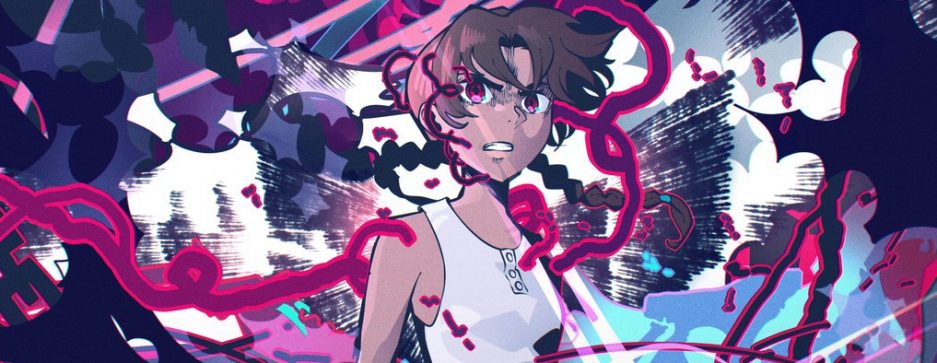
Why did kanno step down in cour 2? Will he be back for cour 3?
I figured that there’d be something actually terrible behind the scenes that was worthy of the title “The Ugly,” not differing taste in music and a lack of appreciation for the hidden meanings in the visuals. Though I guess it’s good there was nothing Ugly going on with the production of Part 2. Here’s to Part 3 being better.
This made me curious. What would be the studio’s production line that would have some specialty in action? It’s funny to think about it now.
So will you be making one for cour 3?